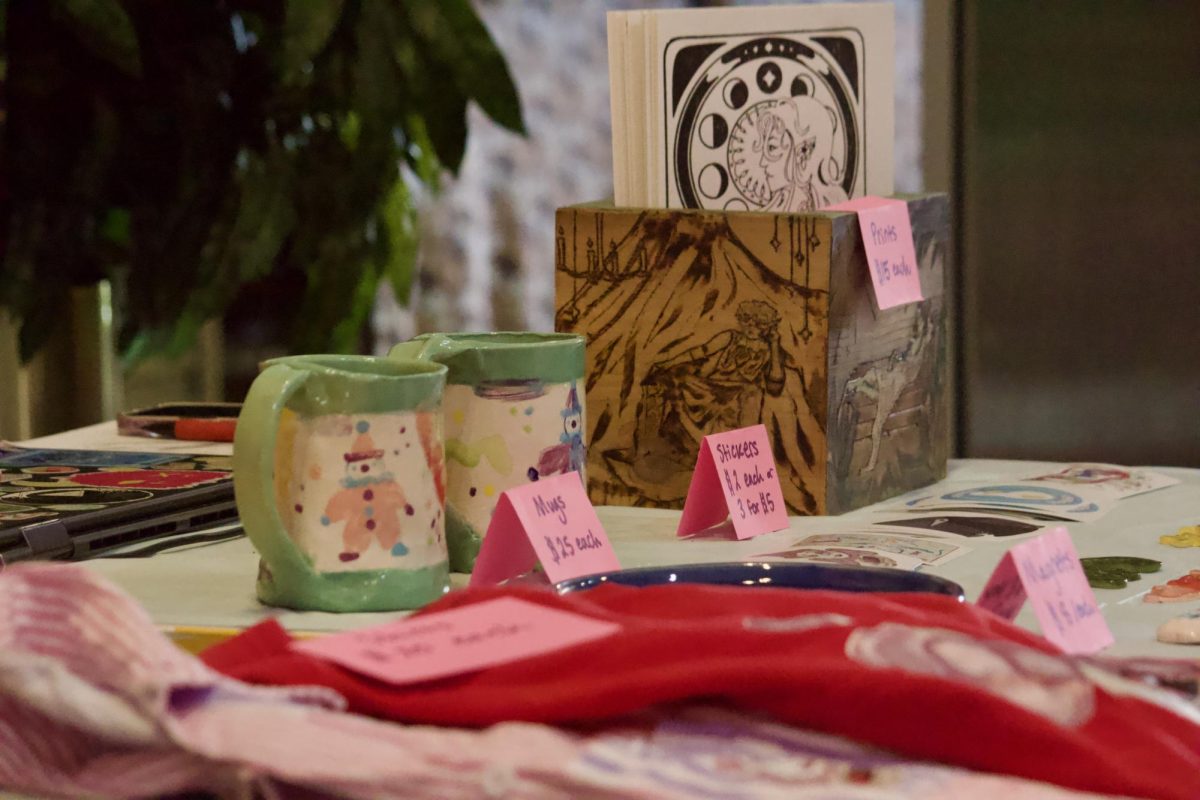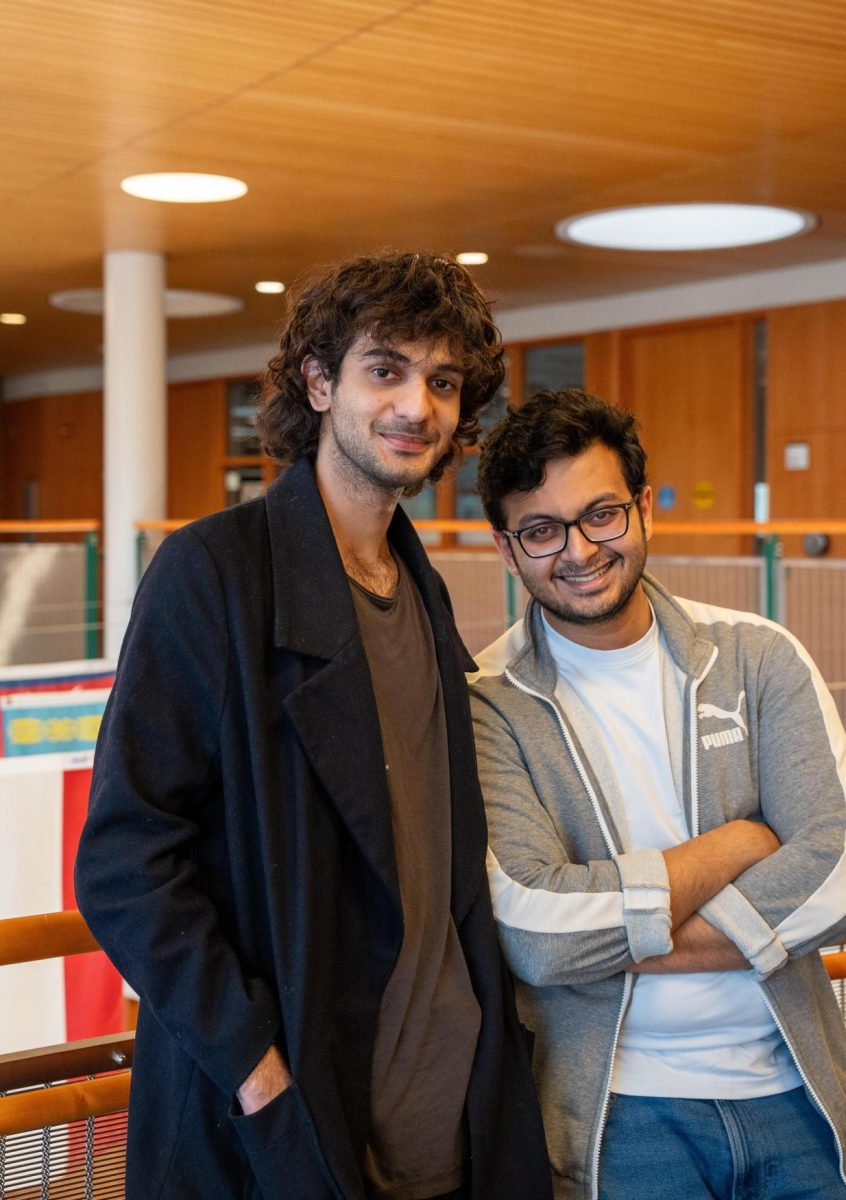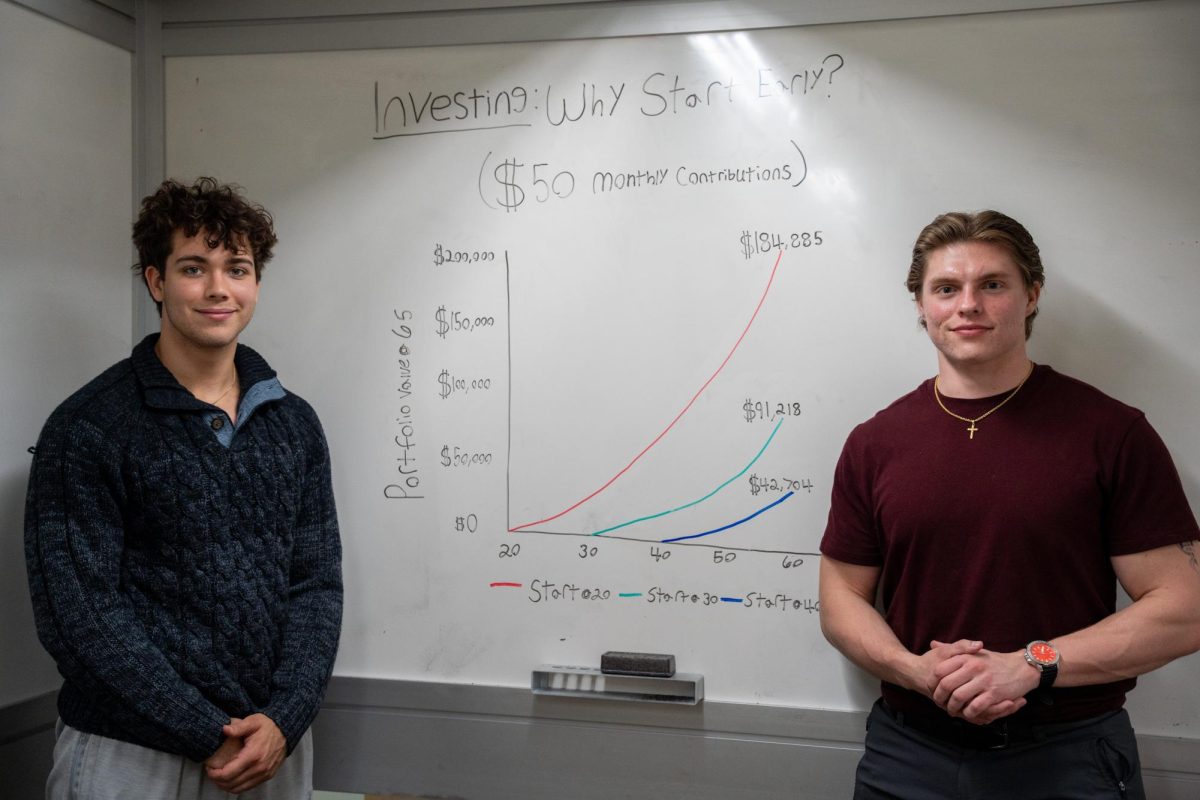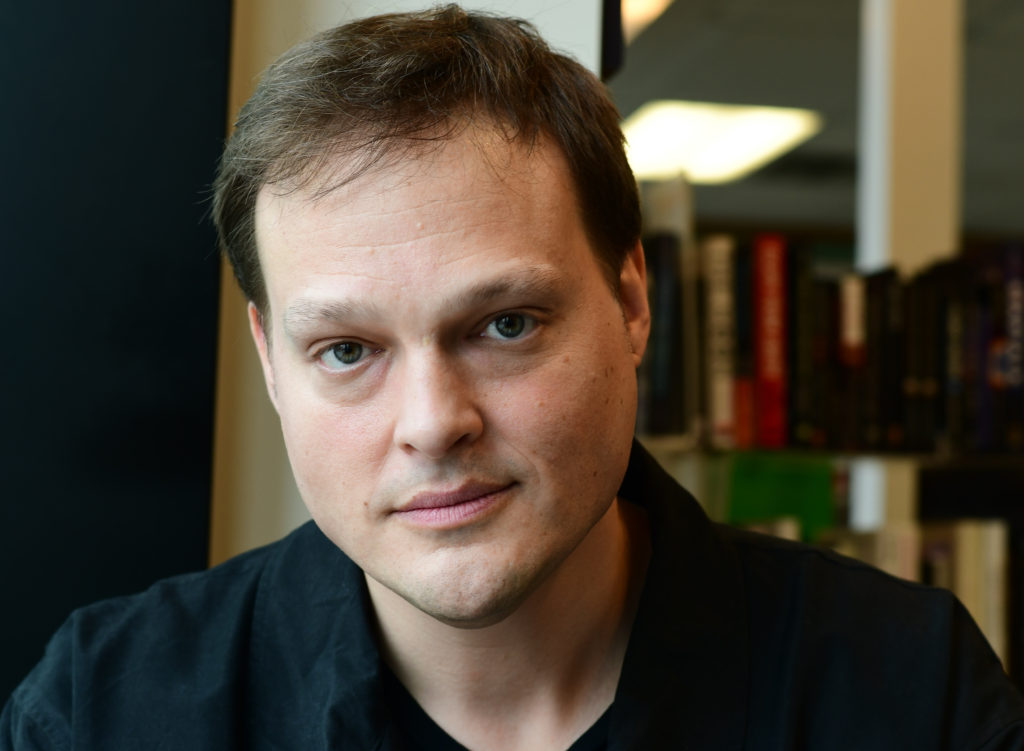Professor Garth Greenwell on his new anthology, “Kink”
February 20, 2021
Garth Greenwell is the author of the critically acclaimed “What Belongs to You” (2016) and “Cleanness” (2020), which was just longlisted for the Prix Sade. In the recently released “Kink,” he took on the role of editor alongside R.O. Kwon to compile an anthology exploring the boundaries of kink, featuring previous and future Writers @ Grinnell authors such as Carmen Maria Machado, Brandon Taylor and Alexander Chee. After teaching a Grinnell short course on style the Fall 2019 semester, Greenwell joined the English department this year as a visiting professor to teach poetry, fiction and queer American literature. The S&B’s Lucia Cheng `23 met with Greenwell to talk about all things kink, his philosophy as a writer and the relationship between art and activism.
The following interview has been edited for brevity and clarity.
The S&B: What have the differences been like for you between working on “Kink,” an anthology, and your previous work in “What Belongs to You” and “Cleanness”?
Garth Greenwell: Putting this book together was really exciting. It was exciting to get to work with my co-editor, who is a writer I very much admire, R.O. Kwon, and then to put out a call to writers whose work we really admire and to solicit work. We were very careful in soliciting work not to define “kink.” The last thing we wanted was to be gatekeepers in that sense of sort of determining what counts as kink, what’s kinky enough. Instead, we solicited work that felt to the writers that it was importantly centered on kink as they understand that. It’s also true that I think something that is essential to kink – in this way I think there’s an analogy with queerness as well – is kind of resistant to definition, a kind of mobility and creative openness. To define something literally means to draw borders around it and there’s a way that kink and queerness are resistant to those kinds of borders.
Shifting gears a little bit to talk about “Cleanness,” in connection with this idea of a collection. How do you feel now that you’ve been accoladed with this very prestigious Prix Sade nomination? Do you think that perhaps this has made you a single story of queerness?
I think it always is a concern that a culture is going to seize on one narrative and a kind of minority experience and say this is the narrative. I did sort of see some of that in response to “What Belongs to You,” when very lovely people would say the very lovely thing “This is the great gay novel of our time.” I want to add that that’s a beautiful thing for someone to say about your book, but on the other hand I think we should fundamentally question the impulse to say the great novel of x, y or z.
Certainly, my interest and concern is people multiplying queer voices and multiplying the stories that are heard. One does that in various ways. A lot of my life as a queer person involves advocating for other books, writing reviews about queer books, doing things like writing an introduction for a volume of writing by the absolutely extraordinary Chilean queer writer Pedro Lemebel who is almost unknown in the English language world. I do think that in 2021, when one surveys this extraordinary flowering of queer literature that includes people like Brandon Taylor and Ocean Vuong and R.O. Kwon, these extraordinary writers, Torrey Peters, Vanessa Clark, I think it is very hard to point to a singular queer narrative. I would say that the art that I love chimes a kind of universal meaning through devotion to the particular and does not try to lay claim to a kind of everyman narrative.
Is your work drawn off of your own experiences?
Certainly, there are ways in which one can see the narrator of my books shares certain life experiences with me, having lived in Eastern Europe, having been a high school teacher, but it’s clear to me that the books are not autobiography. They’re fiction, they’re full of invention and where they do make use of some shared experience between a narrator and me, that experience is treated in a way that feels to me analogous to how a visual artist might make use of found material.
Say a visual artist is walking down the street and sees, say, a hubcap, and something about this hubcap and the form of it feels useful to this artist. They might pick up that hubcap, which is a piece of reality, they might pick it up off the street, take it to their studio, they might bend it, hammer it, paint it, do whatever else to it, then place it in a frame. That act of placing it in the frame and of how we run it through these aesthetic procedures importantly centers it from reality, so that no longer can one say, “Oh yes, this is that real piece of reality you picked up off the street.” That’s something that you’ve transformed, and so that’s how I feel about any kind of autobiographical information that I might have made use of it in my novels. The reason that they’re novels and not nonfiction is that they have no allegiance to the truth.
I watched your Tin House interview with Brandon Taylor and one of the topics that came up was this distinction between art and activism. If art is a space to give realities to ambivalence, can art still become activism?
Every artist answers this differently. Every artist. So, everything I say about this is not at all meant to be a general statement but instead a particular statement to my own sense of things.
Art and activism are both central to my life, and I came into them both around the same time, when I was around 14 or 15, as a queer kid in Kentucky in the pre-internet era. I cannot imagine my life without both of those endeavors. To me, it feels really crucial to insist on a distinction between them. In part that is because of what seems to me like a really complicated relationship between art and the will. When I am acting as an activist, I am willing my action and I am responsible in a very clear way for my actions and the consequences of my actions. When I am engaging as an activist, I am saying I understand the situation and I feel like I understand a remedy for a particular situation, and therefore I am going to try to exert my will in the world to bring about that remedy. That’s one kind of human activity that is really important to my life.
When I make art, I never make art out of a sense of knowing. If I know what I think about something, then I don’t need to think about it with art. I need art because there are some situations, some problems, that feel to me so complicated that they defeat my other tools for thinking, they defeat my judgments. I need art because there are some human situations that are so complex when I look at them, I feel like I’m staring into an abyss. And to think about them, I need the weird pressure of dramatic scene, I need the weird pressure of the technology that is the kind of sentence that I’m attracted to. In the same way that we don’t get to choose what we desire or what we love, I think that’s true in art, that we don’t get to choose what obsesses us and what we find beautiful or what we find compelling. Again, drawing a frame around a little bit of reality and calling it art. Powerful art comes from urges that are beneath intention and therefore cannot be responsible in the same ways that our willed engagement as activists must be responsible.
Art forces us to face up to what I think is the moral fact of the world, which is that every human life has exactly the same amount of value. It is, I think, probably impossible to actually live day to day in the face of that knowledge. I think it would crush us. If you imagine walking down the street in Manhattan, if one tries to be ethically answerable to the suffering of each infinitely valuable being one passes, that would just utterly destroy you. And so, again, in art we draw this frame within which it is possible for us to fully engage our apparatus for seeing the world. I think that it is not just a sensory apparatus, but also an ethical apparatus.
So anyway, for all of those reasons, one has to not think of artwork as having any kind of functional purpose in the way that I think activism must have functional purpose. And then in a curious way it’s by protecting art from any kind of demands of politics, protecting art from any demand that we have to tell stories in a certain way to support a certain ideological view in the world, that art can have this more profound role in making us more ethical beings.



















































